I bet, hearing your dog growl at your child for the first time, must have been pretty scary. So today, I am here to help give you some advice on what to do when this happens and what you can do to avoid this from happening again.
However, before reading further, if your dog is growling at your child, we strongly recommend that you seek help from a qualified force-free professional immediately. This is just generic advice, so getting tailored advice specific for your dog and family, is highly recommended.

Tip One: Never Punish a Growl!
First off, I want you all to know that growls are important. They are a form of communication. Quite literally your dog saying, “stop that now”. It is the last point before your dog will snap or bite. So, it’s very important not to punish a dog for giving warnings.
Warnings are good! While we prefer a dog not feel the need to growl, it’s far better that the dog warn when there is a problem rather than simply going straight to a bite. If the dog is punished for giving warnings, the growling is suppressed, but the dog’s anxiety about the situation remains. When this happens the dog’s communication tool is lost. It’s quite common to hear about dogs who bit “without warning.” And this is something we hear often when children are involved. However, in most cases, the dogs’ warning signals were punished and eliminated when people chastised them for “being bad.” Or the earlier warning signs were missed – and we will go through these in the body language section next.
What should you do when you hear the growl?
Depending on the scenario either:
- Stop what you or your child is doing to the dog. For example, if child is pulling the dogs fur, we stop this from happening or if the child is trying to pick up the dog, we stop this.
- Give the dog distance from the scary thing. For example, if the child is crawling over to the dog and getting too close, we redirect the dog away to give him distance from that “scary” child – by calling the dog in a happy tone “Cooper, come” and then rewarding the dog when they get to you or if the dog was sleeping or resting, we can redirect the child away.
Then, make sure to separate your dog and child so everyone can decompress and relax safely. Give your dog something to chew on or to lick, like a lickimat, a kong or a chew. This can help to relax a dog who is feeling stressed out.
When you hear a growl, I need you to stop and think, what just happened and why did it happen? And how can I make sure that scenario never happens again.
Really reflect on it and come up with a strategy to help ensure it doesn’t happen again.
I’ll give you an example. A client of mine had a scenario where she would go to the toilet and her dog would follow her in every time, then a few minutes later, her toddler would crawl in and get in the dog’s face. The dog didn’t like having its space invaded and would growl. So how do we make sure this situation doesn’t happen again? We manage the environment. We bring the child into the bathroom and close the door so the dog can’t get in. Door closed means child can’t corner the dog and the dog won’t get put in this stressful situation again and feel the need to growl at the child.
Please note that in this scenario, the dog wasn’t being “naughty” for growling at the child- he was just expressing that he didn’t like being cornered by a newly crawling child. After all, babies and toddlers can be quite scary and unpredictable for dogs.
Going back to WHY the growling might be happening – if in your situation the growling has come out of the blue and you really can’t work out why it’s happening, I strongly recommend a vet check to rule out any underlying pain, allergies, etc, your dog might be experiencing. It’s amazing how much pain or medical issues can influence a dogs behaviour.
Tip Two: Understand your dog’s body language and know when to help so they are not forced to speak up for themselves
There are often lots of signs before a dog growl’s that are often missed if you don’t truly understand how to read a dog’s body language. So, let’s go through this today so you can help your dog before they feel the need to growl.
Dogs communicate in completely different ways to humans. The only way we can truly know how a dog is feeling is by watching their body language. Tuning into your dog’s body language is a powerful way to enable you to respond to your dog’s needs and support them in all situations. And believe it or not, not all tail wags equal a happy dog! There are different types of wags. Click here to find out more about this.
Many of the things we do as humans, our dogs do not in fact enjoy, eg. a pat on top of the head, a big bear hug, a kiss on the face, being carried around all the time, being smothered, meeting unknown dogs, the list goes on. Through body language, you learn to recognise when your dogs are feeling happy in a situation versus when they are not. Once you are aware of your dog’s body language, this means you can take action to stop or avoid stressing your dog out (i.e., a pat on the head) or give space from the stressor (i.e., another dog barking on the other side of the fence – cross the road rather than walking directly past if your dog is scared). Dogs love and need their space, so distance is key! If something is stressing them out, giving distance from that stressor can be really helpful.
Responding to your dog’s body language in this way is key to helping your dog live a happy life! But this can be very challenging when there are young kids in the picture.
What are the warning signs to look out for?
As mentioned, a dog will most likely let you know when and if he is stressed in a situation before reacting with a bite. Some of these signs are obvious and sometimes these signs are quite subtle and hard to read if you are not familiar with them.
Subtle signs that a dog may be uncomfortable are:
- A simple yawn
- Rolling their eyes
- Licking the lips
- Turning their head away
- Shaking off
- Excessive grooming such as scratching or licking
- Quick and shallow breathing
- Stiff body
- Tense facial muscles
- Closed mouth
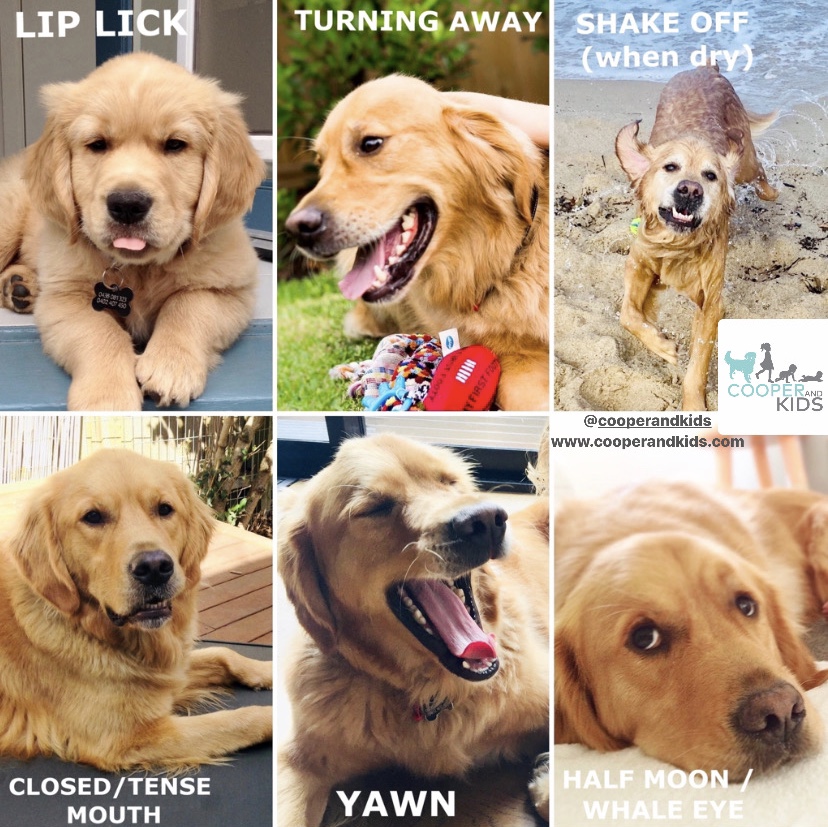

More obvious signs include:
- The dog trying to escape or remove itself from the situation
- The growl
- Baring their teeth
- A bite
When it comes to kids and dogs, tolerance is not enough, we want dogs to enjoy their interactions, not just have to put up with them. And given you have heard a growl already; it is likely your dog is no longer wanting to tolerate your child. They have started to climb this ladder. So, we need to start listening and understanding their body language so this doesn’t happen again. By doing this we will help to rebuild positive trusting relationships in time.


Tip Three: Safety and Supervision is a MUST!
As a parent there needs to be some rules and boundaries. Kids cannot treat dogs like stuffed toys. They must learn to respect them and how to interact appropriately with them. Respect their body, feelings, space and their stuff! See the image below from our friends at The Family Dog. But this takes time, constant reminding, modelling and reinforcement when getting it right.

Make sure your child does NOT:
- Climb on the dog
- Chase the dog
- Pull hair, ears, tail, etc
- Stick fingers in the dog’s eyes, mouth, nose ears, bum
- Play with the dog’s food or water bowls
- Stand over and watch the dog eat
- Annoy/wake a sleeping dog
- Take the dogs food out of a dog’s food bowl
- Take anything out of a dog’s mouth
- Tease a dog with a toy or food that you know it wants
When we talk about kids and dogs, all you ever hear people say is “never leave the dog and child alone together” or “supervise supervise supervise”. But what does this actually look like?
According to Family Paws Parent Education there are five different types of supervision and it is up to us dog owners and parents/guardians to really become aware of the impacts of each of them.
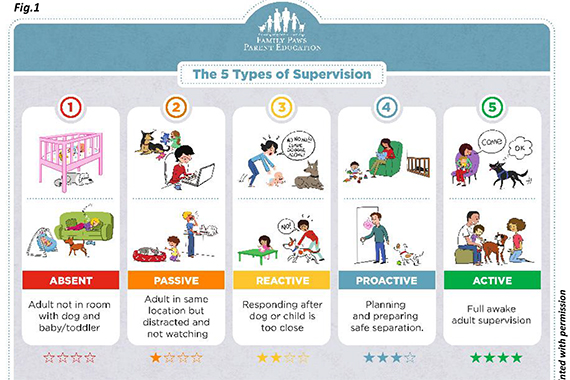
Active Supervision: This is the best type of supervision and is when two adult eyes are focused on dog and child, the parent is present in the moment and they know what to look for. Active supervision means nothing if you don’t understand dog body language so make sure to carefully study the body language section above so you know what to look out for.
Proactive Supervision: When you know you cannot actively supervise, implementing management tools is how you can be proactive, things like baby gates, crates, playpens, closing doors, putting the dog outside, using a lead. Supervising 24/7 is impossible and exhausting for everyone, including the dog! Every house that has children and a dog in it, must have a safe place for the dog to be able to escape to if they feel the need or for you to put them there when you can’t be actively supervising.
Reactive Supervision: This is when a parent reacts to the child or dog approaching one another. You don’t want it to get to this point. But it happens! Dog might hear the baby cry or startle and run in to see what it is. Rather than reacting negatively to the dog, we want to redirect the dog away in a calm positive manner. We do this as we don’t want the dog to associate the baby in a negative way and visa versa once your baby is on the move. Ultimately we want to create a positive association and emotional state between your dog and children. That’s why staying calm and positive is SO important.
Passive Supervision: Everyone multitasks these days. Are you really watching your child and dog when chatting away on the phone, or when on your computer sending that email? This is such an easy one for parents to do. However, parents must be made aware of how dangerous this can be. Especially given your dog has already growled at your child.
Absent Supervision: child and dog together without any adult eyes watching them. This includes if an adult has fallen asleep. This should never happen and can be very dangerous. If the adult is sleepy, use proactive supervision.
Tip Four: Management is your best friend!
As mentioned under proactive supervision – making sure your dog has a “safe zone” is essential. Management gives both parents and our dogs a break from the chaos and to help our dogs feel safe. Supervising 24/7 is stressful and tiring for us as parents and for the dogs. Management includes kids gates, playpens, closing doors, tethers, etc. Create your dogs “safe zone” today if you don’t have one already and start getting your dog used to it slowly and gradually in a positive way. The best way to make separation/ management a positive is to start slowly and gradually and to include food enrichment – like a kong, lickimat or a chew toy to help your dog settle into it. Separation should not be seen as punishment or a negative – rather it is a way to let everyone chill and have a break.
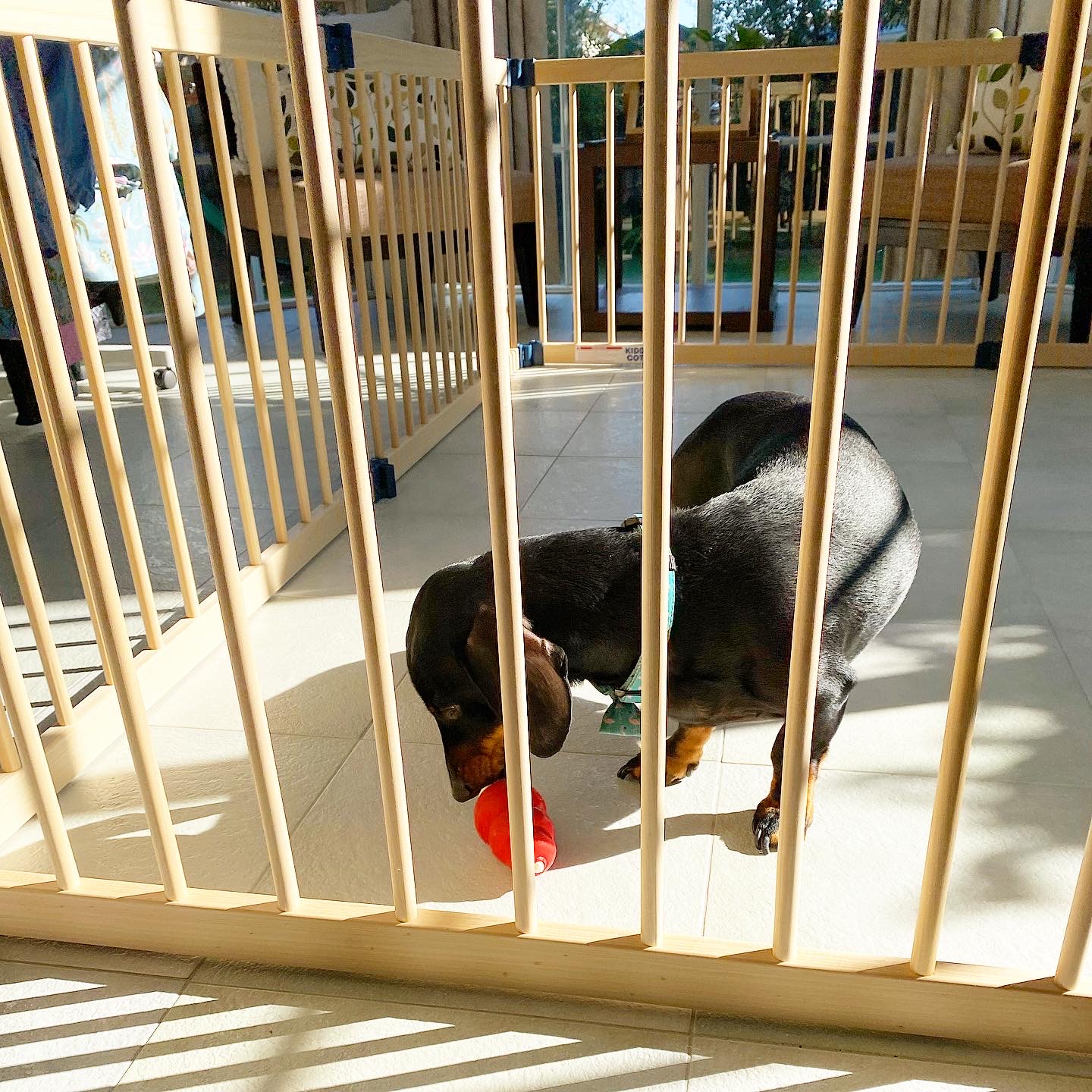

Tip Five: Don’t force interactions. Always make sure your dog has a choice
There is this unfair expectation that we have placed on dogs in modern society that all dogs should just enjoy being touched and smothered all the time. When actually this isn’t the case for most dogs. Keep this saying in the back of your mind – “Invites decrease bites” this is from our friends at Family Paws and is a very important message. Teach children not to approach the dog. Rather call the dog to you. If the dog’s not interested, respect him and leave him alone. If the dog does want to engage – then “pat, pat, pause”. If he wants more, keep patting but if had enough, time to leave him. Teaching and encouraging this, will help strengthen and build relationships. This is important for you to also start practising and modelling in front of your kids as our children are always watching and learning from us and copying us!
It’s also important to take a look around your house. Look at the layout. We want to make sure your child never corners your dog as this can result in a very dangerous situation. You might just need to move coffee table slightly away from couch. Remember that dogs need space, they need to be able to escape if they are feeling fearful in a situation.
So there you have it. My top five tips to help once you have heard your dog growl at you child. Please take this seriously. Your dog is communicating with you and your child that they are not happy. Start advocating for your dog. If we do not listen, you run the risk of a bite happening. So let’s listen. And let’s respect our dog so things don’t escalate.
Please reach out if you need help.
And here are some more articles on this topic you might find helpful:
- Fun Tools to Help Build Bonds Between Children and Dogs
- Our Dogs Are Always Communicating Let’s Learn To Understand Them And Help Prevent Dog Bites To Children
- Good Intentions Aren’t Enough. We Want Dogs To Enjoy Their Encounters With Children Rather Than Just Tolerating Them.
- Three steps to Teach your child how to safely say hello to dogs
- How Dogs Communicate
- Teach your child to interact safely with dogs and know the warning signs to look for
- Five Important Skills to teach your Dog when Around Young Children
- Lead by example to show your child how to interact safely with dogs
- “Stay Calm and stand like a TREE” What to do when you want a dog to calm down or move away
- Is it Safe to Sleep with your Dog and Newborn Baby in the Same Room?
Mel
PS. Make sure to head to our SHOP if you haven’t already! Spoil yourself, your kids and your dog!!

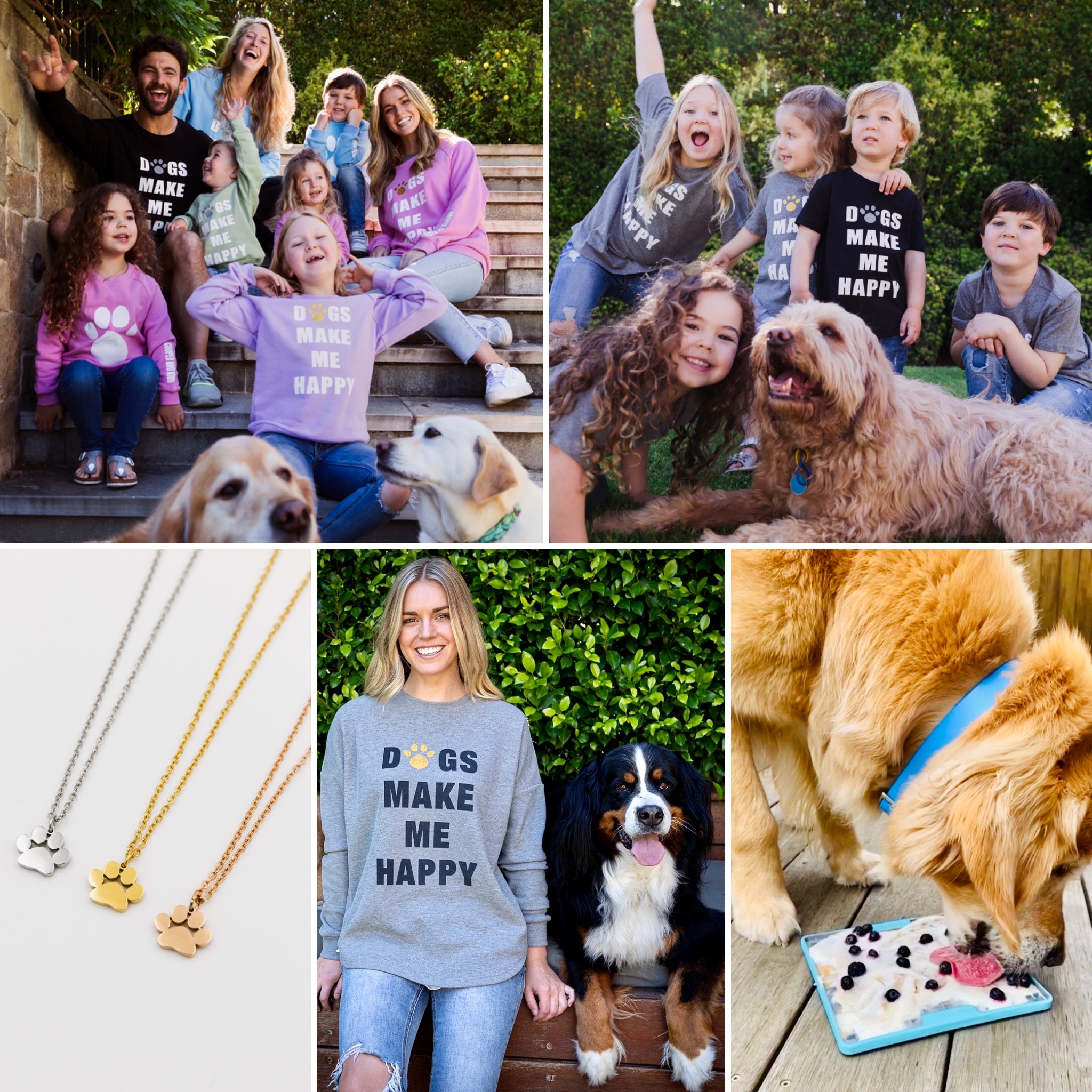
Comments (5)
Working at Target November 18, 2022 at 9:18 pm
Great article.
c_chung1@hotmail.com August 5, 2023 at 4:15 am
Thank you for this extremely helpful, detailed article! Even my 10-year old daughter found it very helpful in better understanding our puppy’s reactions.
Cooper and Kids August 9, 2023 at 8:54 am
I am so glad to hear! Please reach out if you need any further out. Mel
Gartenzaun October 10, 2023 at 8:29 am
Thank you for sharing your knowledge, experiences, and warmth on this important topic. Keep up the fantastic work!
Cooper and Kids October 19, 2023 at 8:53 pm
thank you so much for the kind feedback.